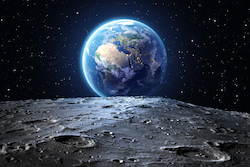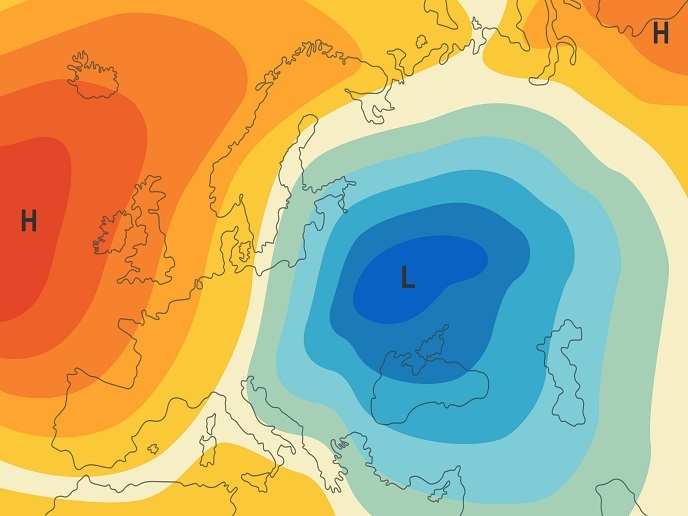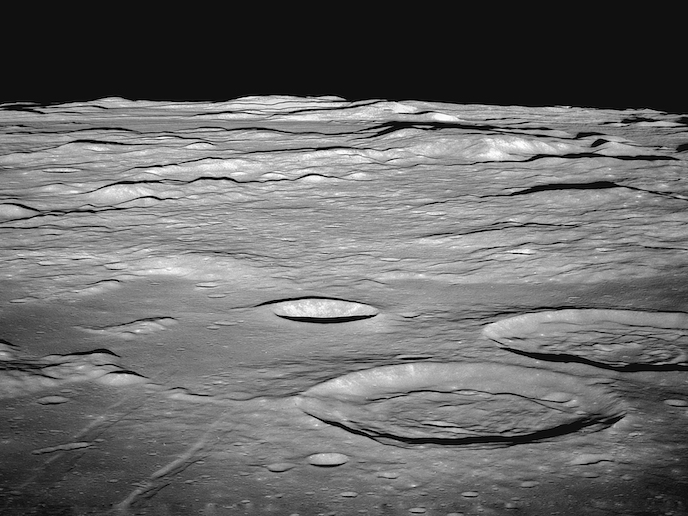40-year-old data keeps shedding light on the Moon’s seismology
Ever heard of moonquakes? The scientific community probably wouldn’t have either if it wasn’t for the Apollo seismometers. And this scientific value didn’t simply disappear in 1977. In 2011, scientists obtained invaluable information on the moon’s core by applying modern computing technology to Apollo seismometer data. Three years later, the same data helped physicists find out how to detect gravitational waves – small distortions of space-time that Einstein had predicted in 1916 but that no one could observe before. As Prof. Heiner Igel from the Ludwig-Maximilians-University puts it, “the fact that Apollo seismometers were first deployed nearly half a century ago and that we are still using their data is testament to the fact that engineers at the time nearly got everything right.” Of course – as should be expected from any 40-year-old piece of tech – Apollo seismometers were far from perfect. Their bandwidth limitations and inconstant sampling interval, for example, would make them useless in current or future space missions. A better understanding of these limitations is crucial if we are to ever return to the Moon or go to Mars, as it would help push the limits of what can be learned from Apollo seismometer data. This was precisely the point of the SEISMO project led by Prof. Igel. As working with such old data is quite unusual for seismologists, the project aimed to clear the way by using ambient noise tomography to provide a more accurate model of the lunar crust and mantle. The project applied recent advances in the full waveform modelling of scattering at planetary scale to the lunar crust, and explored entirely new routes for planetary seismology. “As on Earth, seismology can tell us a great deal about the interior of a planet or moon,” Prof. Igel explains. “The Moon has been bombarded by meteorites over its entire history. Unlike Earth, it does not have processes such as rain or weathering to repair surface damage, so it remains strongly fractured. If we want future missions to be successful, we need as much information as possible about how seismic waves propagate on the Moon.” Getting such information wasn’t an easy task. The seismic data recovered from the Apollo seismometers was initially recorded on digital magnetic tapes with timestamps representing the time of signal reception on Earth. It was later transferred to SEED (Standard for the Exchange of Earthquake Data) format, but Prof. Igel’s team discovered during the project that there were some timing-related problems with the original SEED files. “We re-imported the medium-period data to SEED format, and made these data available via IRIS (Incorporated Research Institutions for Seismology). There are many gaps within the data caused by loss of signal or instrument problems, so we reconstructed the signal to be read in as a continuous record, with gaps within the seismic trace where necessary. The new files will be a valuable resource for analysing the structure of the Moon,” Prof. Igel explains. Since the project ended in January 2018, Prof. Igel has been busy using Apollo data for two new projects and already has more in the pipeline. “We are using the modelling tool Salvus, recently developed by ETH, Zurich, to model strongly scattering surface. By creating different possible models of the Moon’s surface, we are learning more about the structure of the Moon. We generate seismograms from our models and compare them with the Apollo data,” he says. Another side project consists in looking at deep moonquakes, which occur at depths of around 800 km below the surface of the Moon. Prof. Igel is investigating how strongly clustered these quakes are, by comparing several minutes of the seismograms from each event.
Keywords
SEISMO, Apollo, Moon, crust, seismology, seismometer, seismic waves, recordings







